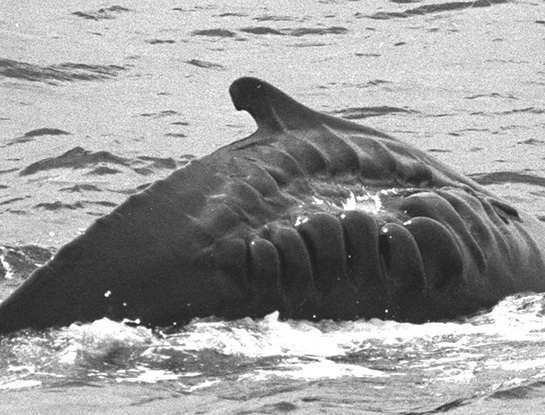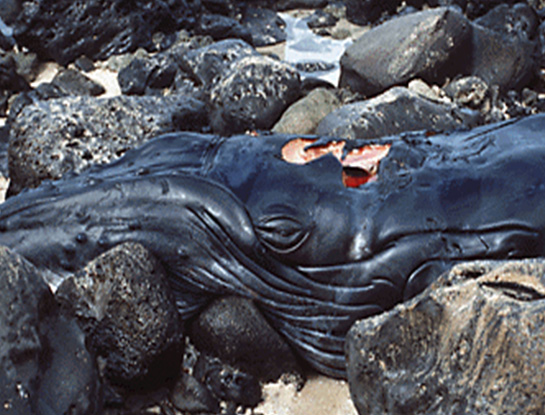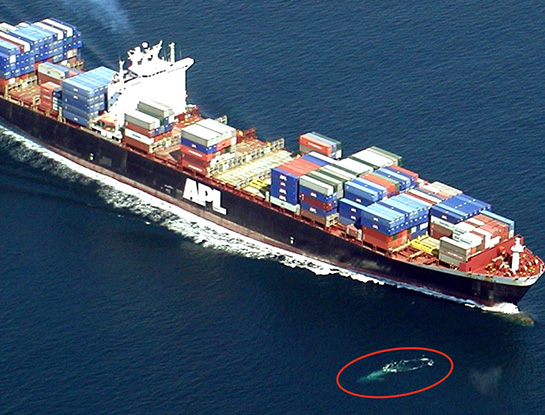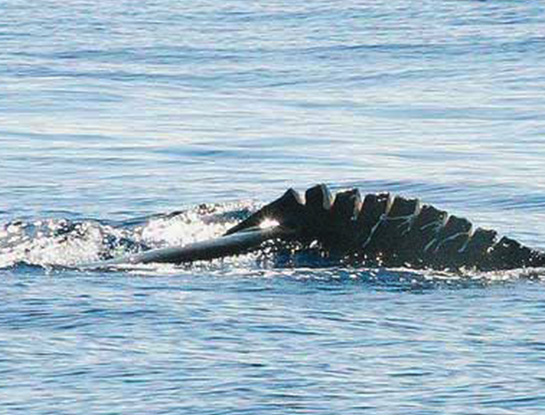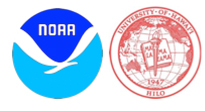Whale/vessel collision
There is mounting evidence that collisions between whales and vessels are increasing globally. As whale and human populations continue to grow, encounters at sea between whales and vessels are becoming more frequent, sometimes with deadly consequences for the whales, humans or both. As the North Pacific humpback whale (Megaptera novaeangliae) population continues to recover from past decades of whaling there is a concern that whales and boats/ships will increasingly find themselves on a collision course in Hawaii. To address this concern, the Hawaiian Islands Humpback Whale National Marine Sanctuary examined this issue and organized an outreach campaign to inform and sensitize local vessel operators. OSI contributed in this effort by conducting a study on the incidence of whale/vessel collisions in Hawaiian waters over the past three and a half decades. The study found that the waters between Maui, Molokai, Lanai and Kaho’olawe, which are known to have one of the highest concentrations of humpback whales in the Hawaiian Islands, had the highest incidence of collisions. The majority of collisions involved calves and sub-adults, suggesting a greater susceptibility towards collisions among younger animals. The rate of collisions increased significantly over the final twelve years of the study and was greater than predicted by the estimated annual increase in the whale population, suggesting that the rising number of reported collisions cannot be explained solely by the annual increase in whale abundance.
Products:
Lammers, M.O., Pack, A.A. and Davis, L. (2003). “Historical evidence of whale/vessel collisions in Hawaiian waters (1975 – Present).” OSI Technical Report 2003-01. Prepared for NOAA’s Hawaiian Islands Humpback Whale National Marine Sanctuary. DOWNLOAD PDF
Lammers, M.O., Pack, A.A., Lyman, E., and Espiritu, L. (2013). “Trends in whale/vessel collisions in Hawaiian waters” J. Cetacean Res. Manage. 13:73-80. DOWNLOAD PDF

